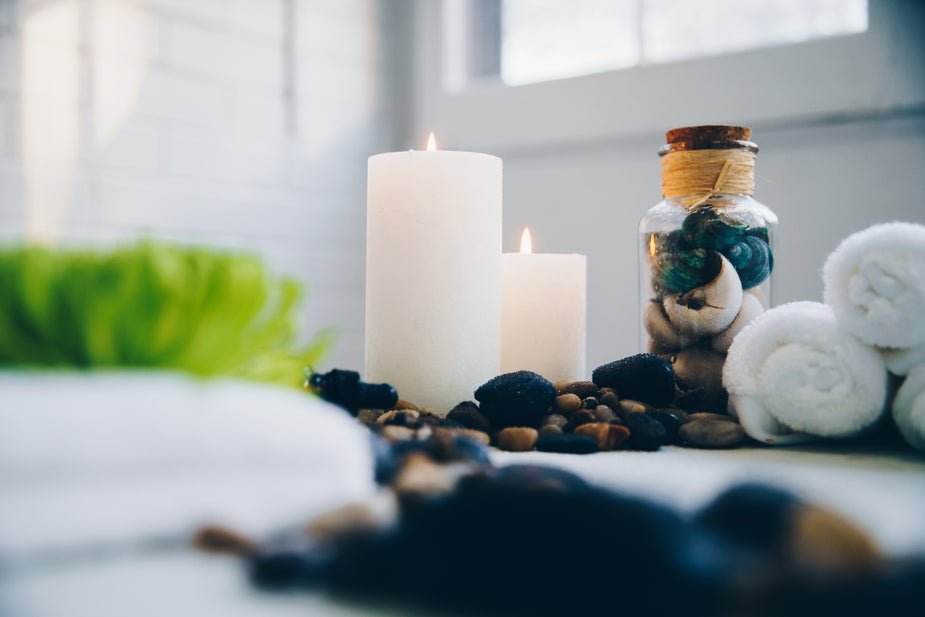
Burn times are an important factor to consider when purchasing a candle. Knowing how long a candle will last can help you decide which size and type of candle to buy, and can also give you an idea of how often you will need to replace it. However, understanding burn times can be a bit tricky because there are many factors that can affect how long a candle will burn. In this blog post, we will explore the standard method used to calculate burn times, and how different factors can affect the actual burn time of a candle.
The standard method used to calculate burn times is a lab-controlled test where each candle is lit, allowed to burn in typical room conditions for exactly 4 hours, then extinguished. Once fully cooled, it is trimmed, re-lit and the process is repeated. The burn time is then calculated based on the average time it takes for the candle to burn down. This method is used to provide a consistent and reliable way to measure burn times, but it's important to note that the actual burn time of a candle can vary depending on a number of factors.
One of the most important factors that can affect burn time is the fragrance of the candle. Some fragrances are more potent than others, which can affect how quickly the candle burns. For example, a candle with a strong citrus fragrance will likely burn faster than a candle with a more subtle fragrance. This is because the fragrance oils used in the candle are what fuel the flame, and a stronger fragrance will use up the fuel more quickly.
Another factor that can affect burn time is airflow. If a candle is placed in a room with a lot of airflow, such as near an open window or fan, it will burn faster than a candle in a room with less airflow. This is because the airflow helps to feed the flame, which can cause the candle to burn faster. On the other hand, if the candle is in a room with no airflow or in a closed space, it will burn slower.
The size of the room where the candle is being burned can also have an impact on burn time. A candle in a large room will likely burn slower than a candle in a small room because there is more space for the fragrance to fill. This means that the fragrance oils are spread out more thinly, which can cause the candle to burn slower.
Ambient temperature can also play a role in how quickly a candle burns. Candles burn best at room temperature, around 70 degrees Fahrenheit. If the room is too cold, the candle will burn slower, and if the room is too warm, the candle will burn faster. This is because the heat in the room can affect the consistency of the wax, which can cause the candle to burn at different rates.
Finally, other environmental factors, such as the altitude of the room or the humidity level, can also affect burn time. High altitude can cause the candle to burn faster because the air is thinner, and high humidity can cause the candle to burn slower because the wax is more pliable.
In conclusion, burn times are an important factor to consider when buying a candle, but it's important to keep in mind that the actual burn time can vary depending on a number of factors. While the standard method of measuring burn times can provide a consistent and reliable way to measure burn times, it's important to remember that the actual burn time of a candle can be affected by the fragrance, airflow, room size, ambient temperature, and other environmental factors. When purchasing a candle, it's always a good idea to consider these factors and to choose a candle that will burn for the appropriate amount of time for your needs.

